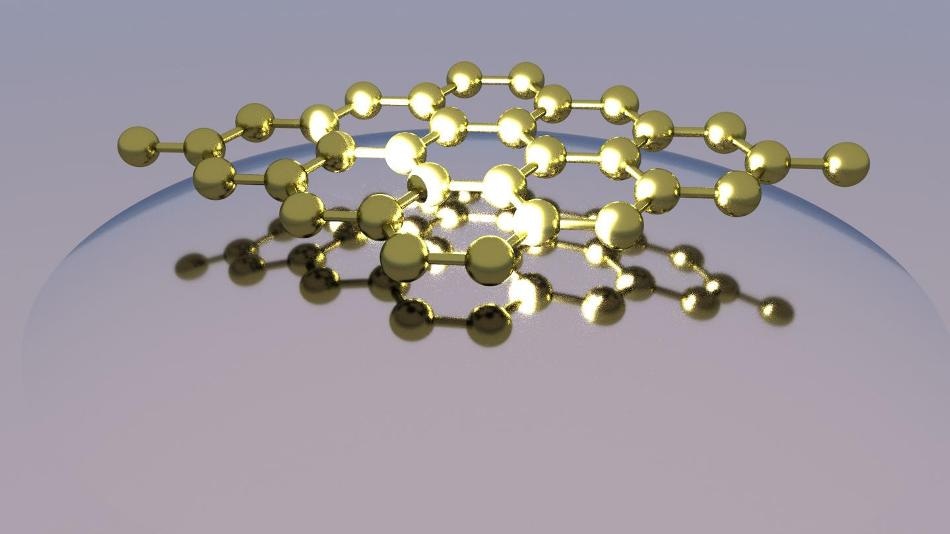Aug 23 2016
 The transparency of a device at the 2-D limit can be tuned using an electric bias, where different type of optical processes that simply define the way we see objects can be modify externally. This gives the control on properties that until very recently were not thought to be manipulated arbitrarily. CREDIT: Queen's University Belfast
The transparency of a device at the 2-D limit can be tuned using an electric bias, where different type of optical processes that simply define the way we see objects can be modify externally. This gives the control on properties that until very recently were not thought to be manipulated arbitrarily. CREDIT: Queen's University Belfast
A new theoretical framework capable of enabling device engineers and physicists to produce enhanced optoelectronics has been developed by researchers at Queen’s University Belfast and ETH Zurich, Switzerland.
This Development helps to decrease power consumption and heat generation in electronic devices that are involved in sourcing, identifying, and monitoring light.
Dr Elton Santos, from the Atomistic Simulation Research Centre at Queen’s, discussed about the study, which allows engineers and scientists to quantify how transparent a 2D material is to an electrostatic field and he further stated that: “In our paper we have developed a theoretical framework that predicts and quantifies the degree of ‘transparency’ up to the limit of one-atom-thick, 2D materials, to an electrostatic field.
Imagine we can change the transparency of a material just using an electric bias, e.g. get darker or brighter at will. What kind of implications would this have, for instance, in mobile phone technologies? This was the first question we asked ourselves. We realized that this would allow the microscopic control over the distribution of charged carriers in a bulk semiconductor (e.g. traditional Si microchips) in a nonlinear manner. This will help physicists and device engineers to design better quantum capacitors, an array of subatomic power storage components capable to keep high energy densities, for instance, in batteries, and vertical transistors, leading to next-generation optoelectronics with lower power consumption and dissipation of heat (cold devices), and better performance. In other words, smarter smart phones.
Dr Elton Santos, Queens University
Dr Santos additionally explained how the theory has the potential to create a positive impact on the work to be done in the future by stating: “Our current model simply considers an interface formed between a layer of 2D material and a bulk semiconductor. In principle, our approach can be readily extended to a stack of multiple 2D materials, or namely, van der Waals heterostructures recently fabricated. This will allow us to design and predict the behaviour of these cutting-edge devices in prior to actual fabrication, which will significantly facilitate developments for a variety of applications. We will have an in silico search for the right combination of different 2D crystals while reducing the need for expensive lab work and test trials.”